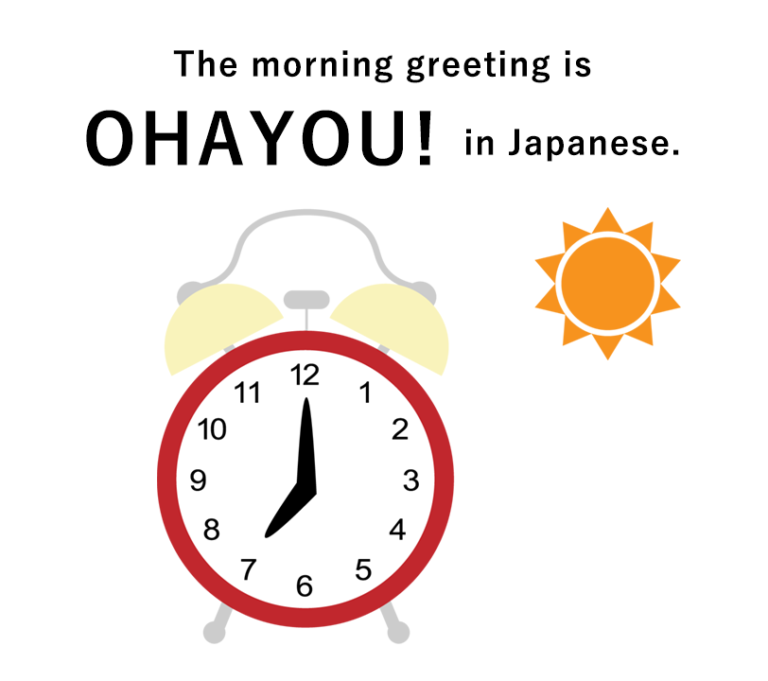In the tapestry of human communication, interjections serve as vibrant threads that convey a myriad of emotions and reactions. “Oh,” a seemingly simple exclamation, holds profound significance across languages, and Japanese is no exception. Embarking on a linguistic journey to unravel the intricacies of “oh” in Japanese will not only enhance your language proficiency but also deepen your understanding of Japanese culture and mindset.

Image: www.redbubble.com
At first glance, grasping the nuances of “oh” in Japanese may seem straightforward. After all, isn’t it as basic as uttering “ああ (aa)” or “おー (o-)”? While these are indeed common ways to express surprise or amazement, the true beauty of “oh” in Japanese lies in its versatility and the subtle distinctions that can convey different shades of emotion. Let’s delve into the world of “oh” in Japanese and explore its multifaceted expressions.
The Palette of “ああ (aa)”: Expressing Surprise, Dismay, and Embarrassment
The expression “ああ (aa)” serves as a versatile tool for conveying a range of emotions, primarily surprise, dismay, and embarrassment. Its use extends across formal and informal settings, making it a ubiquitous part of Japanese communication.
For instance, in a moment of unexpected revelation, one might exclaim “ああ、そうだったのか (Aa, sou datta no ka),” translating to “Oh, is that so?” Conversely, in a situation of dismay or disappointment, “ああ、失敗した (Aa, shippai shita)” aptly expresses “Oh, I messed up.” Furthermore, when faced with an embarrassing blunder, a sheepish “ああ、すみません (Aa, sumimasen)” conveys “Oh, I’m so sorry.”
The Extravagance of “おー (o-)”: Exclaiming Wonder, Delight, and Excitement
When a sense of wonder, delight, or excitement washes over you, “おー (o-)” provides the perfect outlet for expression. Its elongated vowel imparts an air of grandness and exuberance, amplifying the intensity of your emotions.
Imagine witnessing a breathtaking natural phenomenon; a heartfelt “おー、なんてきれいなんだ (O-, nante kirei nanda)” captures the essence of “Oh, how beautiful.” Upon receiving an unexpected gift, an exclamation of “おー、ありがとう (O-, arigatou)” conveys the depth of your gratitude. And in the throes of joyous celebration, let loose with an enthusiastic “おー、やった (O-, yatta),” translating to “Oh, yes!”
Beyond “ああ (aa)” and “おー (o-)”: Unveiling the Nuances of “あれ (are),” “あら (ara),” and “おや (oya)”
While “ああ (aa)” and “おー (o-)” form the backbone of “oh” expressions in Japanese, a trio of additional interjections offers even more nuanced emotional conveyance: “あれ (are),” “あら (ara),” and “おや (oya).” Let’s unravel their unique characteristics.
-
“あれ (are)”: A Hint of Confusion or Surprise
“あれ (are)” often arises when something unexpected or puzzling catches your attention. Its subtle undertone of confusion or mild surprise distinguishes it from the more pronounced reactions associated with “ああ (aa).” For example, when encountering an unfamiliar face in a familiar place, a perplexed “あれ、この人誰だっけ (Are, kono hito daredakke)” conveys a sense of “Oh, who is this person?”
-
“あら (ara)”: A Feminine Touch of Surprise or Dismay
Primarily used by women, “あら (ara)” adds a touch of elegance and femininity to expressions of surprise or dismay. It finds its niche in both formal and informal contexts, lending a hint of refinement to one’s speech. For instance, upon discovering a forgotten appointment, a flustered “あら、すっかり忘れていたわ (Ara, sukkari wasurete ita wa)” conveys a sense of “Oh dear, I completely forgot.”
-
“おや (oya)”: Expressing Mild Astonishment or Surprise
“おや (oya)” occupies a middle ground between the subtle “あれ (are)” and the more emphatic “ああ (aa).” It conveys a sense of mild astonishment or surprise, often tinged with a hint of curiosity. For example, in a conversation about a mutual acquaintance, a curious “おや、最近は元気にしてる (Oya, saikin wa genki ni shite ru)” translates to “Oh, how has he/she been lately?”
In the tapestry of Japanese communication, the interjection “oh” serves as a vital thread, adding color and depth to our linguistic expressions. Whether conveying surprise, delight, dismay, or confusion, the appropriate use of “oh” enriches our interactions and enhances our understanding of Japanese culture. By embracing the nuances of “oh” in Japanese, we not only expand our linguistic repertoire but also gain a deeper appreciation for the expressiveness and beauty of the language.

Image: kodawari-times.net
How To Say Oh In Japanese